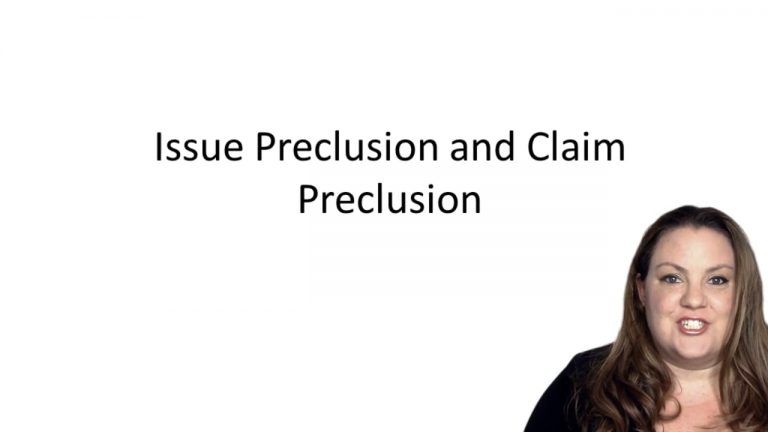SmartBrief
Confirm favorite deletion?
Civil Procedure Keyed to Babcock
Hansberry v. Lee
Citation:
311 U.S. 32 (1940)
ProfessorBrittany L. Raposa
CaseCast™ – "What you need to know"
Facts
A group of white landowners in Chicago signed a restrictive covenant to keep Black people from living on the land. To be effective, 95% of owners would need to sign it, but only about 54% did. However, in an earlier class action suit, regarding the covenant, Burke, it was stated that 95% of the owners had signed. Plaintiff Lee on behalf of herself and others brought suit against Defendant Hansberry and other Black people to enjoin them from breach of covenant because they acquired land with knowledge of the restrictive covenant. The Plaintiffs argued that the percentage of owners that had signed was already determined in Burke and should be given res judicata effect. Defendant argued res judicata should not apply because they were not parties to Burke and that to allow res judicata would violate their Fourteenth Amendment right to due process. The trial court ruled that Defendants were bound by Burke and the Supreme court of Illinois affirmed. Defendants petitioned the Supreme Court of the United States for certiorari.
Only StudyBuddy Pro offers the complete Case Brief Anatomy*
Access the most important case brief elements for optimal case understanding.
*Case Brief Anatomy includes: Brief Prologue, Complete Case Brief, Brief Epilogue
- The Brief Prologue provides necessary case brief introductory information and includes:
Topic:
Identifies the topic of law and where this case fits within your course outline.Parties:
Identifies the cast of characters involved in the case.Procedural Posture & History:
Shares the case history with how lower courts have ruled on the matter.Case Key Terms, Acts, Doctrines, etc.:
A case specific Legal Term Dictionary.Case Doctrines, Acts, Statutes, Amendments and Treatises:
Identifies and Defines Legal Authority used in this case.
- The Case Brief is the complete case summarized and authored in the traditional Law School I.R.A.C. format. The Pro case brief includes:
Brief Facts:
A Synopsis of the Facts of the case.Rule of Law:
Identifies the Legal Principle the Court used in deciding the case.Facts:
What are the factual circumstances that gave rise to the civil or criminal case? What is the relationship of the Parties that are involved in the case.Issue(s):
Lists the Questions of Law that are raised by the Facts of the case.Holding:
Shares the Court's answer to the legal questions raised in the issue.Concurring / Dissenting Opinions:
Includes valuable concurring or dissenting opinions and their key points.Reasoning and Analysis:
Identifies the chain of argument(s) which led the judges to rule as they did.
- The Brief Prologue closes the case brief with important forward-looking discussion and includes:
Policy:
Identifies the Policy if any that has been established by the case.Court Direction:
Shares where the Court went from here for this case.
Topic Resources
Topic Videos
 10m 50s
10m 50s 7m 14s
7m 14s